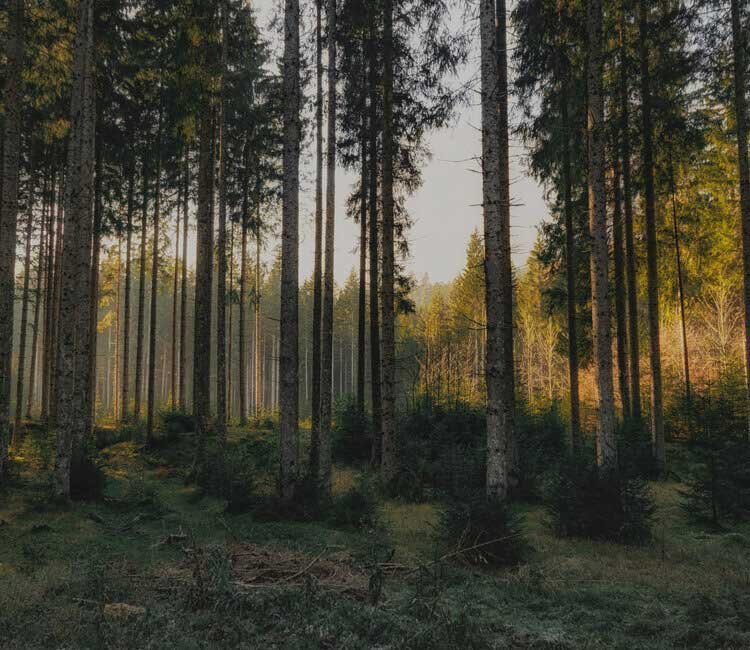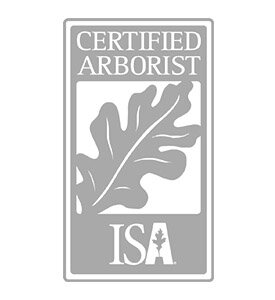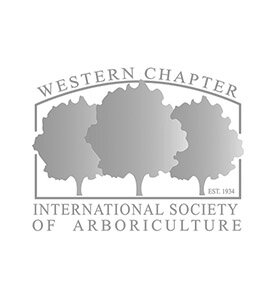
Our Tree SERVICES
Delivering exceptional results for residential and commercial Tree Projects in Truckee and Donner Summit.
Residential
Our passion for the cultivation and care of trees creates beautiful residential spaces resilient to the demands of our Tahoe environment.
As a Sierra-based business we’re fully invested in the residential landscapes we beautify and protect. In turn, we offer meticulous attention to each and every facet of the project.
Our top priority is to understand and respond professionally to homeowners’ unique needs. We pride ourselves in applying our impeccable standards to every project – big or small. Ultimately, we deliver results that not only meet our exacting criteria, but also exceed your expectations.
With unmatched safety, efficiency, and real-world experience in tree care industry for more than 20 years.
From lot clearing and removal of dead or diseased trees to large-scale creation and preservation of defensible spaces, we help landscapers, contractors, and homeowners’ associations’ complete projects on-time and within budget.
Collectively our highly skilled team offers almost a decade of experience with commercial tree removal projects. Equally important, Alpen Tree Experts has all the state-of-the-art equipment and specialized safety gear needed to tackle demanding commercial projects.
Commercial
our mission
Meeting our expectations while exceeding yours is our mission. It guides our interactions with customers, fuels our passion and inspires us to do excellent work.

ISA Certified Arborist
License and certifications.
Owner and founder of Alpen Tree Experts, Ryan Kramer is a certified arborist with the International Society of Arboriculture (ISA.) This ensures Alpen Tree Experts is continuously investing in technical competencies of our staff, innovative techniques, and fostering growth of an incredible team committed to excellence.
International Society of Arboriculture
(ISA) #WE–9055A
Contractors State License Board of California
(CLSB) #959783

why us
Our work is what we love.
Experience in the tree service field matched by use of the latest techniques, and commitment to customer experience delivers sustainable results and enduring client satisfaction.
Testimonials & Tree Service Reviews
Our passion for cultivation and arbor care is reflected in the work we do.
“I can’t speak highly enough about Ryan and his crew at Alpen Tree Experts. Today is the 2nd time in the last four years that I have used them to remove a large Cottonwood from my yard and they always do such a professional job. Ryan goes above and beyond what he says he will do and his prices are very fair for the services rendered.”
“This was our first experience having to comply with HOA and insurance company requests for tree removal and management. We did our homework and chose Alpen Tree Experts for a fairly large job (1.5 days) We are very pleased with the expert work accomplished by Ryan and his crew. He listens to his clients, offers knowledgeable advice and goes the extra mile to make sure we are happy. We also observed Alpen Tree Experts on a very large and daunting job across the street. It was evident that they practice safe and meticulous measures in all they do, from start to finish.”
“Thank God for Cease Fire!!! I was stressing on passing my insurance defensible space inspection but was relieved when the inspector said I passed with flying colors. Numerous 100’+ trees were fell and quite a few loads of needles were taken to the dump. The quote was competitive with the other companies I contacted. I’ve used other companies in the past but will only be using Cease Fire in the future!”
“Alpen Tree Experts has been doing work for me for several years now. They have trimmed apple, pine, cherry, pine, and aspen trees for me. It means a lot to me to have an arborist guiding the work because I want my trees to be healthy and I have seen do-it-yourselfers and unlicensed contractors ruin trees and yards. Ryan Kramer and his crew have worked at my home and office. They have also done defensible space work for me at my home in Tahoe Donner, and they did yard cleanup for me once. The prices were good, they were on time, and they left everything nice and clean every time. I recommend them.”

Request a free tree service estimate.
We are eager to help you solve all your tree concerns.

FAQs
Q: How much does it cost to remove a tree?
There are a high number of variables that affect the cost of removing a tree. First is the size of the tree. Larger trees obviously take more time and effort to remove. The location of the tree and its proximity to the valuable property is also important. If there is a clear path to fell the tree from the ground, the cost will be lower. If the tree needs to be climbed and taken down in sections, the cost will be higher and if all or parts of the tree need to be rigged and lowered or a crane needs to be used, it will be higher still. The terrain also factors into the equation. Rocky or steep terrain makes the extraction of the slash far more difficult and time-consuming than if the tree is located on flat, even terrain.
Q: Why is tree work so expensive?
There are many factors that drive up the cost of tree work. Because of the high-risk factor to people and property, insurance rates are the number one factor. Other things that factor in are the high cost of labor, equipment, maintenance, and supplies/fuel. At Alpen Tree Experts, we are not trying to be the lowest bidder. We may have more expensive bids than other companies, but we also offer our employees the most competitive pay and we take the extra time to take care of some of those smaller details that may not have been accounted for in the estimate.
Q: We got several estimates, why are the estimate prices so different?
Estimates are typically based off of the size of the crew doing the work, their skill level and the equipment available to them. The experience level of the estimator also plays a large role in the cost of the estimate. These factors will vary from company to company.
Q: What licenses, certifications and insurance do you need to do tree work in California?
In the state of CA, any contractors doing work over $500 needs to be a licensed contractor with the Contractor’s State License Board. The license to do tree work in CA is called a D49. You also need to be bonded, but you do not need liability insurance to maintain your license. Alpen Tree Experts carries liability and excess liability and we are happy to provide proof of insurance. Also, any contractor with employees needs a valid worker’s compensation policy in order to maintain their license. Ryan Kramer of Alpen Tree Experts is also a certified arborist with the International Society of Arboriculture, so our work is held to a higher standard.
Q: When is the best time to prune trees?
The best time to prune deciduous trees is when there are no leaves on them and the trees are dormant. This is because you do not want to remove the leaves and therefore reduce the photosynthetic capacity of the tree. Evergreens can be pruned at any time. The sap will run from the cuts in the summer months, but this does not harm the tree if the cuts are done correctly and the tree is not over pruned.
Q: My tree is brown. Will it come back?
No, your tree will not come back. Also, the longer you wait to remove it, the more costly it will be as a decaying tree is far more difficult and dangerous to remove than a structurally sound tree.
Q: My tree has beetles in it. Is there something we can do to save it?
No. Once the beetles have entered the tree, the tree should be removed to prevent other trees from becoming infected. Spraying trees as a preventative method has been proven effective, but not once the beetles are already in the trees. Thinning dense stands of trees to allow for less competition for water and sunlight has proven to be the most effective way to prevent beetle attacks and tree mortality.
Q: How can I tell if my trees are healthy?
Looking at a tree’s canopy is usually the first thing to do to get a good indication of the health of the tree. A healthy tree will have dark green leaves/needles and the canopy will typically be dense with foliage. If you see your tree dropping excessive foliage or the color starts turning pale yellow or brown, the tree is usually on its way out. Also, look closely at the trunk of the tree from top to bottom. Piles or streaks of sap are a good indication of a beetle infestation. Cankers, conks or decay are also indications that your tree has been compromised, usually by a fungus. On conifers, be weary of exposed wood with visible signs of carpenter ant holes. Sometimes the decay inside the tree is far worse than what is visible on the outside.
Q: Is my tree hazardous?
First, in order for a tree to be hazardous, it needs to have a target of value that it could strike if it fails. If there is a target, such as a house or a walkway that is often used, then it is worth looking further into the potential for the tree to fail. There are several signs that a tree could fail. Some of the most often overlooked ones are codominant trees, which are trees that split into more than one leader. At the crotch, or union of the leaders, a “V” shape is prone to failure. If the union makes more of a “U” shape, these tend to be more safe. Another overlooked sign of a structurally weak tree are signs of fungus on the trunk of the tree. Often times, if there are conks on the trunk of the tree, it will be hollow inside. Other signs to look for are widowmakers or broken, hanging branches, leaning trees or dead trees.
Q: What should I do if my tree is unhealthy or presents a hazard?
Call us for an estimate or evaluation of the tree or trees as soon as possible.








































